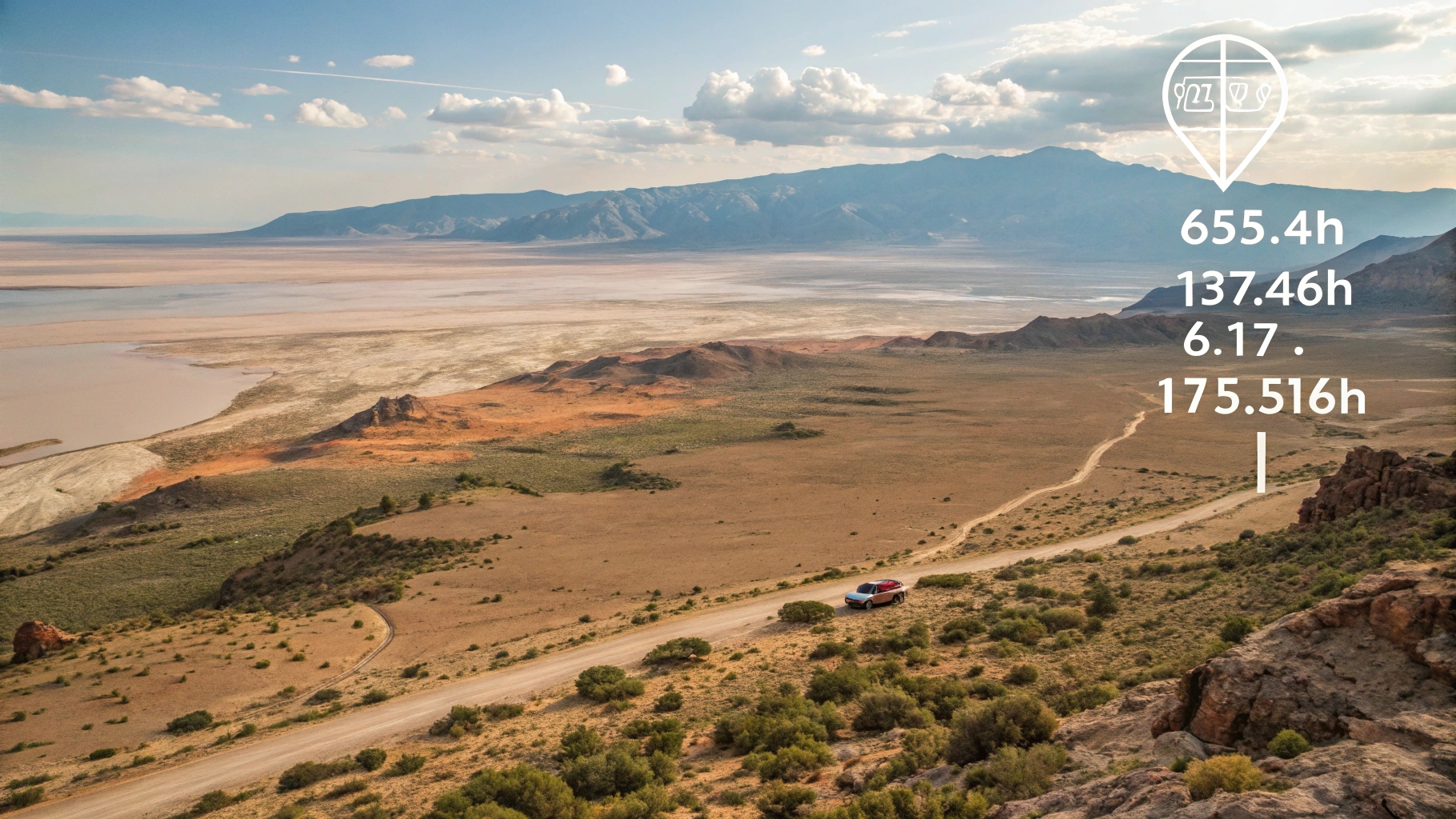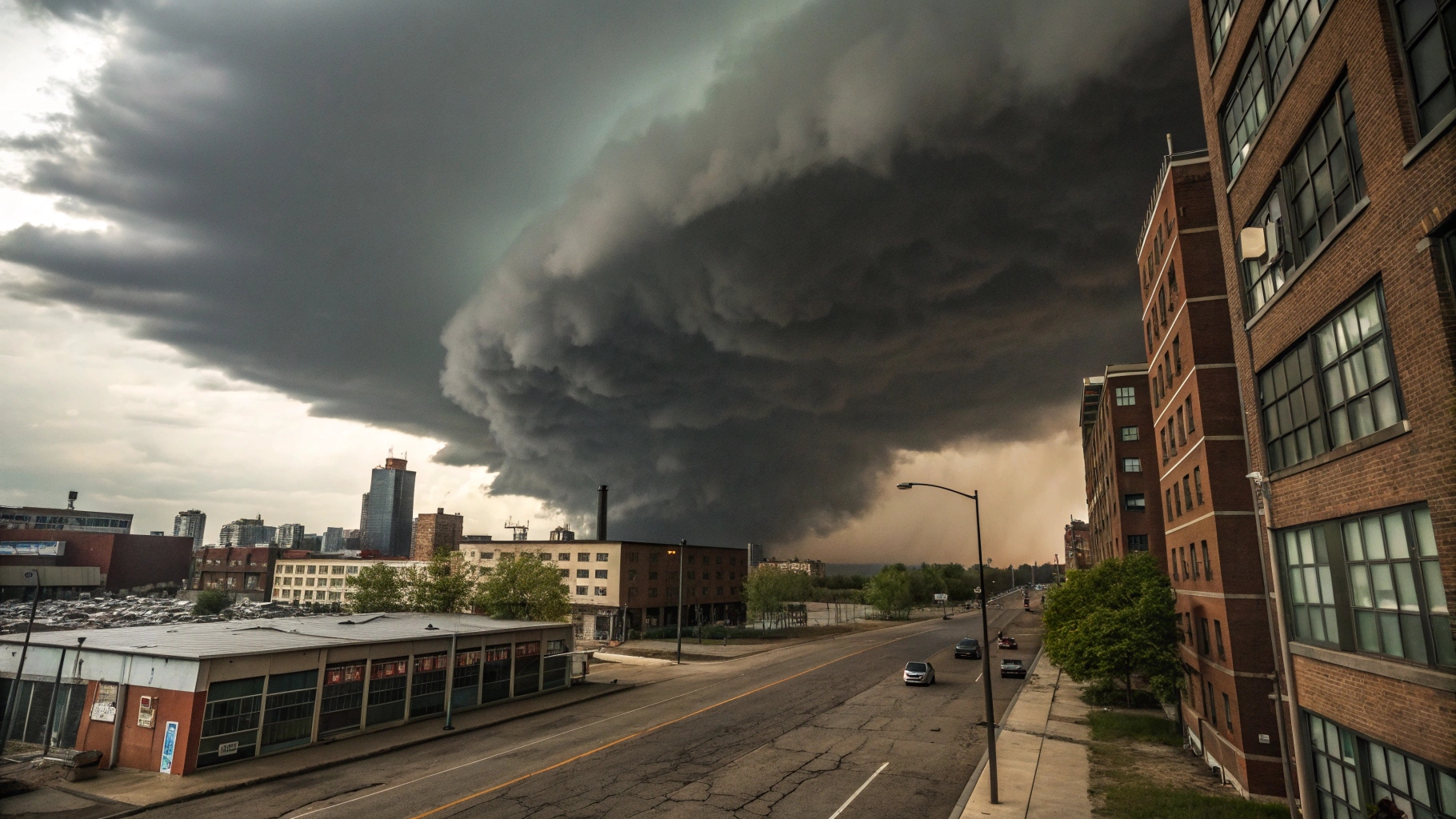The coordinates 65.476721°N, 173.511416°W mark a remote location in the Arctic region near the northernmost point of Alaska.
This area is characterized by its harsh polar climate, vast tundra, and rugged coastal landscapes. Despite its isolation, the region is rich in history, ecology, and cultural significance. Indigenous peoples, such as the Inupiat, have thrived here for centuries, adapting to the extreme conditions.
The surrounding Bering Sea supports diverse marine life, while the land is home to resilient wildlife. This article explores the geography, climate, history, and importance of this remote Arctic region.
Geography of the Location
The coordinates 65.476721°N and 173.511416°W point to a location near the northernmost point of Alaska, United States, and are situated within the Arctic Circle. The region itself is a stark contrast to most urbanized areas, consisting of a largely untouched wilderness, frozen tundra, and coastal waters.
Coastal Features
The location is also close to the Bering Sea, which is an essential body of water for both marine life and local indigenous cultures. The sea supports abundant marine life, including whales, seals, walruses, and a variety of fish species. Coastal areas near this location feature steep cliffs, rocky shores, and areas of permafrost, contributing to both scenic beauty and ecological complexity.
Permafrost and Glaciers
Permafrost, or permanently frozen soil, is another notable geographic feature of this region. The presence of permafrost affects the landscape and human activity, as thawing and freezing cycles can cause ground to shift and lead to erosion in coastal areas. Additionally, glaciers can be found in the region, slowly moving and shaping the terrain over millennia.
History and Cultural Significance
For centuries, the Arctic region around these coordinates has been home to Indigenous peoples, such as the Inupiat and other Alaskan Native groups. These communities have developed resilient ways of life that are intricately connected to the land, sea, and animals that inhabit the region.
Native Inhabitants
The Inupiat people, for example, have traditionally relied on hunting marine mammals like seals and whales, as well as fishing, to sustain their way of life. They have adapted to the extreme conditions of the Arctic through advanced technologies, such as the construction of ice houses and sophisticated methods of hunting and food preservation. Their culture is deeply tied to the natural rhythms of the environment, and their relationship with the land continues to shape their identity and traditions today.
Exploration and Settlements
Throughout history, the Arctic region has drawn explorers seeking to chart its remote and forbidding territories. In the 19th and early 20th centuries, expeditions aimed to uncover more about the region, often at great risk. The inhospitable environment, coupled with the seasonal challenges of ice and cold, made the area a difficult place to explore. Despite this, settlements did arise in nearby regions, with small towns and research stations being established. However, the population density remains low due to the harsh conditions.
Climate and Weather Patterns
The weather patterns at this location are dictated by its position within the Arctic Circle, resulting in a polar climate characterized by cold temperatures year-round. Winters can see temperatures plunging well below freezing, often reaching -30°C or colder. The long nights and extended darkness during the winter months, combined with the constant wind chill, create one of the harshest environments on Earth.
During the summer, temperatures tend to hover just above freezing, with brief periods of warmer weather, especially closer to the coast. The seasonal shift between extreme cold and rare warmth presents unique challenges to local flora and fauna, which must be equipped to cope with the variations.
Economic Activities
While this location is remote and sparsely populated, it still holds economic significance. One of the key industries in this region is oil and gas extraction. Alaska, in general, has vast reserves of oil, and companies have operated in the region, extracting resources. However, this comes with environmental challenges, as drilling in such a sensitive area could have severe consequences on local ecosystems.
Fishing, particularly of fish like salmon, cod, and halibut, is another important industry for the local economy. Furthermore, tourism plays a role in the economy of nearby towns, as visitors come to explore the stunning landscapes and observe the wildlife. However, due to its remote location, this remains a relatively niche industry.
Conclusion
The location of 65.476721°N and 173.511416°W represents a fascinating and remote region of the Earth. From its icy landscapes to the unique wildlife and rich cultural history of its indigenous inhabitants, this area encapsulates the challenges and beauty of life in the Arctic.
It is a place where the forces of nature dominate, shaping the environment and influencing human activities.
Though remote and difficult to access, the area remains a testament to the resilience of life in extreme conditions and the enduring human spirit.
FAQs
1. Where is the location 65.476721°N, 173.511416°W?
This location is situated in the Arctic region, near the northernmost point of Alaska, in the Arctic Circle.
2. What is the climate like at this location?
The climate is polar, characterized by extremely cold temperatures, long winters with extended periods of darkness, and brief, cool summers.
3. Is there any wildlife in this region?
Yes, the region is home to a variety of wildlife, including polar bears, Arctic foxes, seals, whales, and migratory birds.
4. What are the main industries in this area?
The primary industries include oil and gas extraction, fishing, and some tourism, particularly focused on wildlife and nature.
5. Who are the indigenous people of this area?
The Inupiat people are the primary indigenous group living in this region, with a culture deeply connected to hunting, fishing, and the land.
6. What challenges do people face living in this region?
The harsh climate, including long periods of darkness, extreme cold, and limited infrastructure, poses significant challenges to those living in the area.
7. Are there any research stations near this location?
Yes, several research stations are located in Alaska and the surrounding Arctic region, focusing on climate studies, wildlife research, and geology.
8. How does permafrost impact the environment?
Permafrost can cause erosion, especially along coastal areas, and affects the stability of the ground, making construction difficult.
9. How long is the daylight in the summer and winter?
In the summer, the region experiences weeks of continuous daylight, while in winter, it can be dark for several months.
10. Why is this location important from an environmental standpoint?
This region is a critical habitat for many species, and its sensitive environment is vulnerable to changes brought on by climate change and human activities like oil extraction.




